
Elizabeth Head, PhD, a professor in the Department of Pathology and Laboratory Medicine at the University of California, Irvine, shed light on the emerging research and trials surrounding the interplay between Alzheimer disease and Down syndrome.

Marco Meglio, Assistant Managing Editor for NeurologyLive, has been with the team since October 2019. Follow him on Twitter @marcomeglio1 or email him at [email protected]

Elizabeth Head, PhD, a professor in the Department of Pathology and Laboratory Medicine at the University of California, Irvine, shed light on the emerging research and trials surrounding the interplay between Alzheimer disease and Down syndrome.

Patients treated with efgartigimod for myasthenia gravis were found to have a higher incidence and severity of infections compared to those treated with immunoglobulins.

Test your neurology knowledge with NeurologyLive®'s weekly quiz series, featuring questions on a variety of clinical and historical neurology topics. This week's topic is on essential tremor.
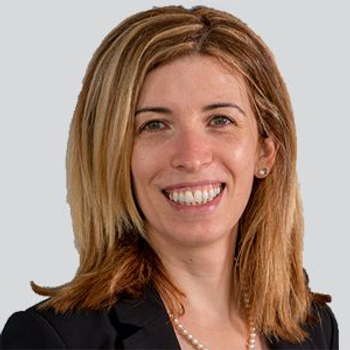
The phase 1 LUMINA trial evaluates Amylyx Pharmaceuticals' AMX0114, an antisense oligonucleotide targeting calpain-2, as a potential therapy for ALS by focusing on safety, tolerability, and biomarkers tied to disease progression.

ARV-102 showed dose-dependent LRRK2 degradation and favorable safety in its first-in-human trial, supporting its promise for treating LRRK2-linked neurodegenerative diseases.

Phase 2b trial results showed Descartes-08, a CAR-T therapy, achieved sustained efficacy and a strong safety profile in myasthenia gravis, with notable responses in biologic-naïve patients and no major safety concerns over 12 months.

Cleveland Clinic’s $1.1 billion Neurological Institute, opening in 2027, will revolutionize neurological care with a state-of-the-art, patient-centered design integrating advanced technology and innovative care solutions.
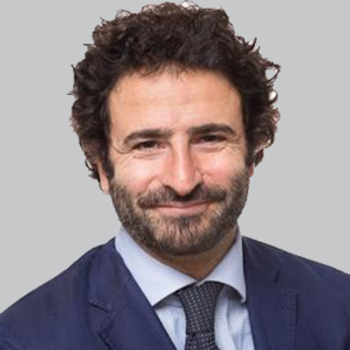
In one of the longest trials of brain stimulation in Alzheimer disease, repetitive transcranial magnetic stimulation led to a reduced decline in CDR-SB, as well as positive impacts on cognitive function and functional abilities.
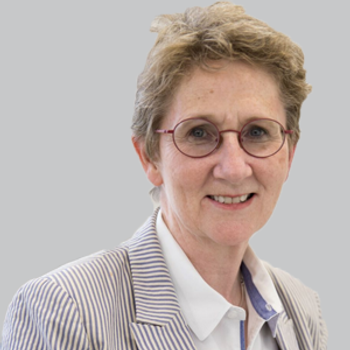
Emer MacSweeney, MD, a consultant neuroradiologist and trial investigator of the phase 3 APOLLOE4 study, provided a clinical view of the latest study findings, and the difficulties with finding treatments for APOEε4/4 carriers of Alzheimer disease.
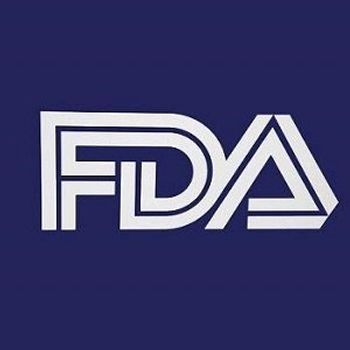
The prefilled syringe is approved for a 20- to 30-second subcutaneous injection, and patients can self-inject following proper instruction in the subcutaneous injection technique.

Cassandra Gorsuch, PhD, chief scientific officer at Precision Biosciences, discussed the company’s ARCUS gene editing platform, its innovative approach to treating Duchenne muscular dystrophy, and promising preclinical data presented at MDA 2025.
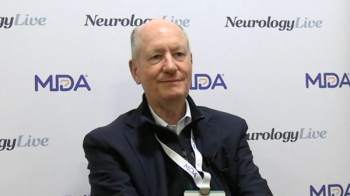
The professor of neurology at the University of Texas Health Science Center San Antonio discussed some of the challenges with therapeutic development for OPMD, as well as advances and barriers to gene therapy approaches. [WATCH TIME: 4 minutes]
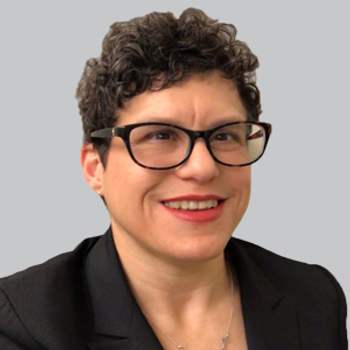
Relative to previously approved therapies like rimegepant, ubrogepant, and zavegepant, AXS-07 resulted in better 2-hour pain relief, sustained pain relief, and reduced use of rescue medications.
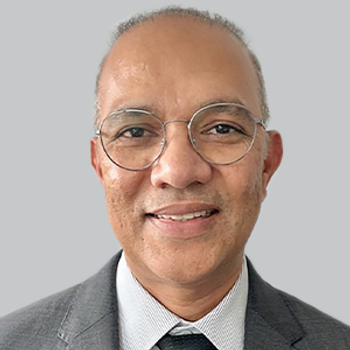
Harmony Biosciences’ phase 3 study will assess EPX-100, a repurposed antihistamine, as a potential treatment for Lennox-Gastaut syndrome, targeting seizure reduction and improved outcomes.

Murali Doraiswamy, MD, MBBS, a professor of psychiatry and geriatrics at Duke University School of Medicine, gave clinical follow-up on a pivotal analysis of the phase 3 APOLLOE4 study testing a novel therapeutic for Alzheimer disease.

Denali Therapeutics has begun submitting a BLA for tividenofusp alfa as a potential Hunter syndrome treatment, supported by promising biomarker reductions in clinical trials.

Teva’s migraine therapy fremanezumab (Ajovy) may soon expand its reach to pediatric patients, as the FDA reviews a supplemental application for its use in children and adolescents aged 6 to 17.

The ENABLE phase 4 study will evaluate the real-world safety, efficacy, and patient experience of ublituximab in relapsing multiple sclerosis over a 96-week period.
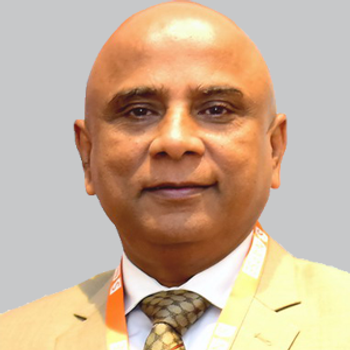
Presented at the 2025 AAN Annual Meeting, findings from a phase 3 study showed that a single 30 mg/kg dose of ANX005 significantly improved health outcomes in Guillain-Barré syndrome, with benefits seen as early as week 1 and sustained over 6 months.
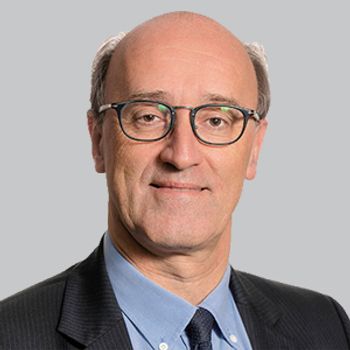
Long-term data from a phase 2 study extension suggest that frexalimab, a CD40L inhibitor, maintains disease control and is well-tolerated in relapsing multiple sclerosis, reinforcing its potential as a next-generation treatment.

Inge Verberk, PhD, a research associate at the Amsterdam University Medical Center, sat down at AD/PD 2025 to discuss changes in Alzheimer trials, the emergence of plasma biomarkers, and deciphering which biomarkers are of utmost importance.
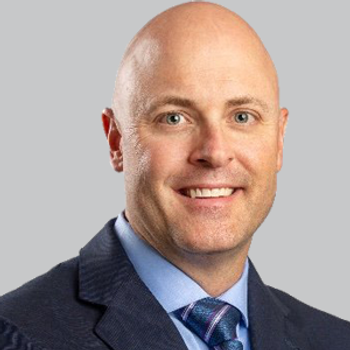
Data suggests that immune dysfunction biomarkers do not pose a major barrier to patient enrollment in Alzheimer’s research, as most patients meeting general AD criteria also qualified under immune dysfunction criteria.

Mind Moments®, a podcast from NeurologyLive®, brings you an exclusive interview with Daniel Harrison, MD. [LISTEN TIME: 20 minutes]

The Spectris device demonstrated preserved corpus callosum structure and correlated sensory-evoked gamma oscillations in patients with Alzheimer disease, highlighting its potential neuroprotective effects.

Mark Roskey, PhD, chief scientific officer at Quanterix, provided clinical insight on the function of the company’s Simoa technology and the incorporation of various biomarkers to aid in the diagnosis of Alzheimer disease.
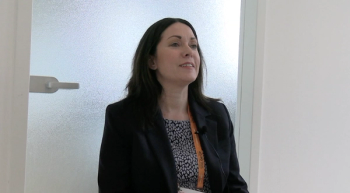
The vice president of research at Cognition Therapeutics gave clinical insight on several new analyses covering CT1812, an orally delivered small molecule oligomer antagonist, in patients with early-stage Alzheimer disease. [WATCH TIME: 5 minutes]

Presented at the 2025 AD/PD Conference, the study incorporates patient engagement in its design and implementation, focusing on optimizing study accessibility, reducing burden, and evaluating glovadalen’s potential as an adjunctive treatment for PD.

Investigators at AD/PD 2025 presented new data showing that changes in plasma p-tau217 and p-tau181 closely correlate with clinical outcomes in anti-amyloid therapy trials for Alzheimer disease.

The professor of neurology at Brigham and Women’s Hospital gave clinical insights on the therapeutic potential of targeting compliment as a way to mitigate risk for amyloid-related imaging abnormalities from antiamyloid therapies.

Although valiltramiprosate failed to distinguish itself from placebo on the primary end point, the drug performed significantly better among mild MCI participants vs those with mild Alzheimer disease.